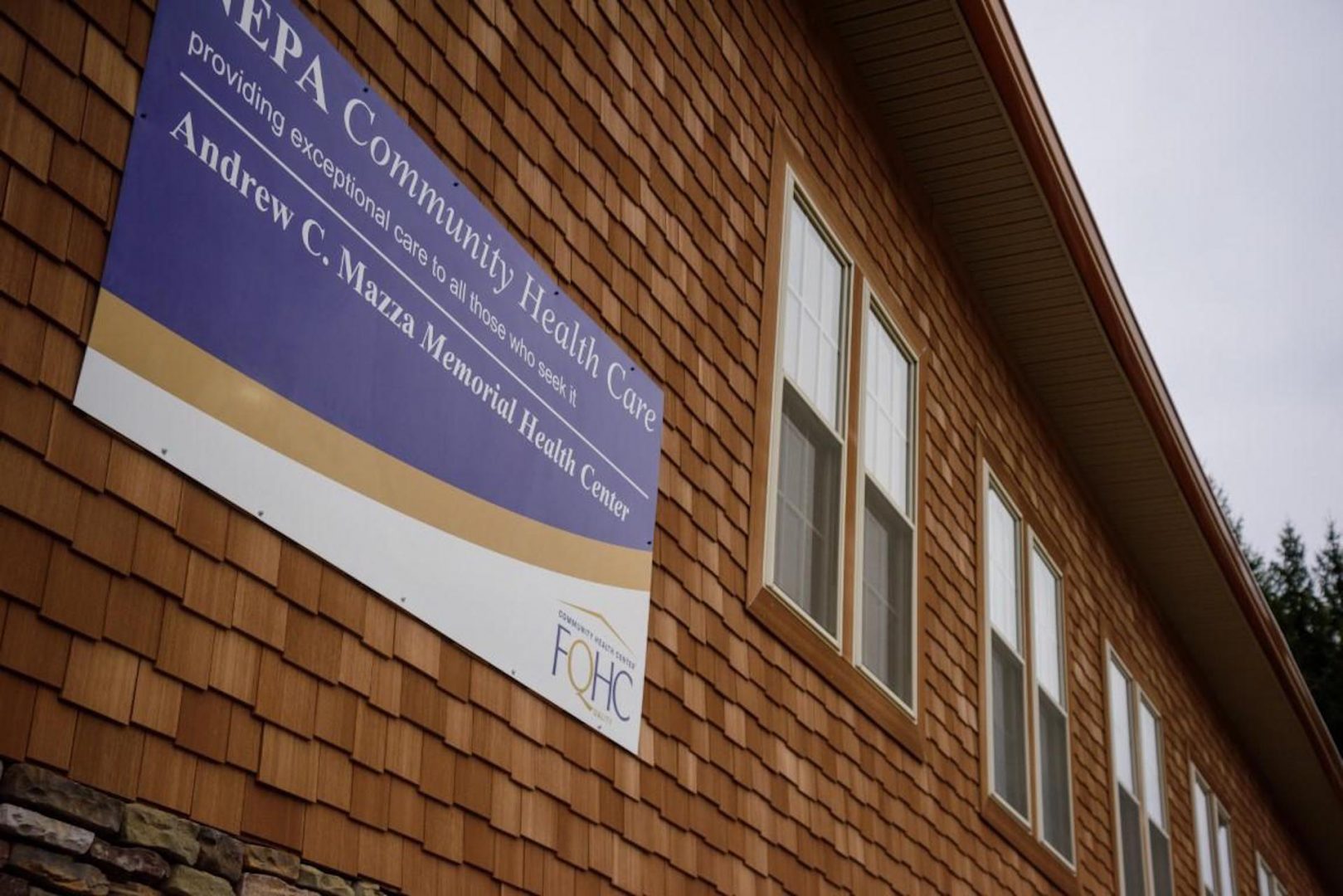
NEPA Community Health Center in Susquehanna County.
Courtesy of NEPA Community Health Center

NEPA Community Health Center in Susquehanna County.
Courtesy of NEPA Community Health Center

Courtesy of NEPA Community Health Center
NEPA Community Health Center in Susquehanna County.
What you should know
» Coronavirus facts & FAQ
» Day-by-day look at coronavirus disease cases in Pa.
» It’s time to get serious about social distancing. Here’s how.
While U.S. cities may be seeing the initial wave of COVID-19 cases, the novel coronavirus is expected to spread to nearly every community in the nation.
Approximately one quarter of Pennsylvanians live in rural counties, where populations skew older and poorer than the state average. Health care resources there are stretched thin, with an acute shortage of providers and transportation issues topping a list of complex structural challenges.
“These hospitals that are already struggling to make payroll, to meet the demand in their communities, are now being asked to do a whole new set of tasks,” said Lisa Davis, director of the Pennsylvania Office of Rural Health.
You can rely on WITF during emergency situations, but also when news seems a little less urgent. We’re here to keep you informed. Learn more about our editorial process and connect with our journalists.
One particular rural health care disparity that COVID-19 highlights is a lack of high-speed internet.
Providers across the country have been ramping up telemedicine visits, so as to promote social distancing. To encourage this, Medicare will temporarily pay clinicians the same reimbursement rate for telehealth services as it pays for in-person visits.
“They may have access to the internet, but it might be a very, very slow connection, and it might be inconsistent,” said Davis.
Some have hypothesized that more sparsely populated areas have an advantage over denser communities, as it’s easier to practice social distancing with fewer people around. But there isn’t enough epidemiological data to know if that’s the case.
“The transmission pattern of any infectious disease and any virus is quite variable,” said Dr. Donald Yealy, UPMC’s chief of emergency medicine. “Just being less dense doesn’t make less risk, it means it’s just even less predictable. And predictions are hard anyway.”
In northwest Pennsylvania, Susquehanna County’s NEPA Community Health Center has yet to see any COVID-19 cases. The clinic said it’s currently conserving medical equipment, including soap and hand sanitizer, and has discussed loaning staff to the area’s two critical-access hospitals.
“We don’t have the supplies we need,” said clinic CEO Mary Wetheral. “It’s not if but when we’ll be overwhelmed.”
Wetherall said there are “zero” intensive care unit beds in Susquehanna County, which has a population of approximately 41,000. Instead, area hospitals have what are called high-acuity units. While high-acuity units tend to have a lower patient-to-nurse ratio, it’s still higher than in an ICU.
“Critical access hospitals are not expected to be able to sustain these high acuity patients,” said Wetherall. “Those high acuity beds are where needs are managed…It’s just stabilize [patients] and move them down to the true ICU beds in different hospitals.”
One possible advantage rural Pennsylvania has in the face of COVID-19 is space. Many small Pennsylvania towns have experienced significant population loss. Hospitals built decades earlier have closed due to a lack of patients, and others struggle to remain solvent.
While these empty hospital beds could be put to good use, a lack of providers in rural communities means there might not be enough doctors and nurses to go around.

Get insights into WITF’s newsroom and an invitation to join in the pursuit of trustworthy journalism.
The days of journalism’s one-way street of simply producing stories for the public have long been over. Now, it’s time to find better ways to interact with you and ensure we meet your high standards of what a credible media organization should be.